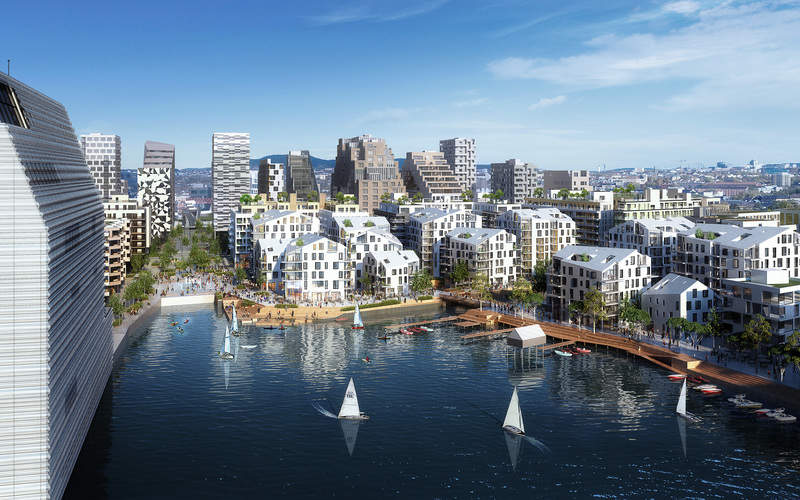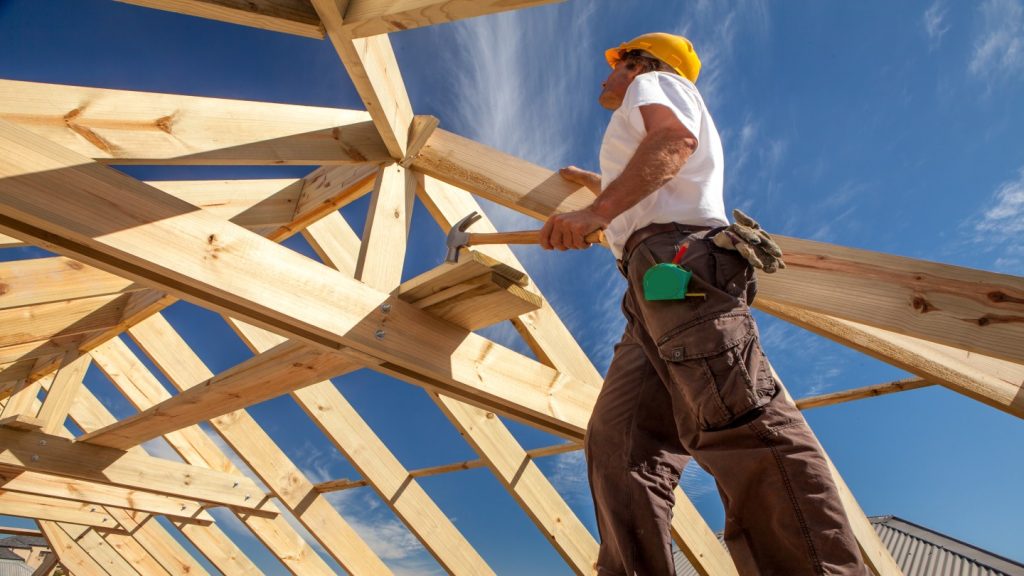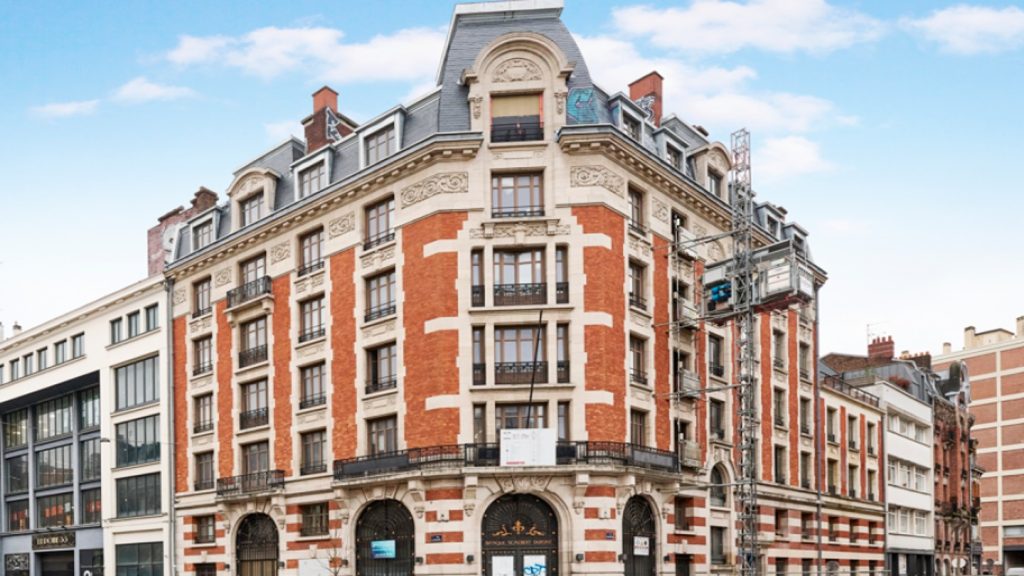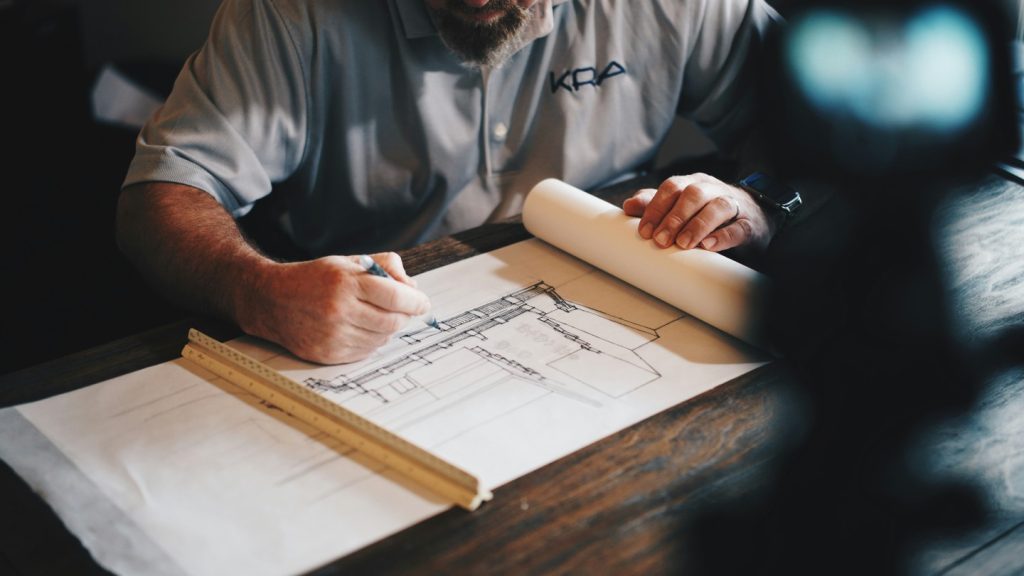
In April 2008, the Oslo Opera House was unveiled in the Bjørvika district of the Norwegian capital. Designed by the Oslo and New York-based practice Snøhetta, it instantly became one of the city’s most celebrated buildings, winning multiple awards including the coveted Mies van der Rohe architecture prize.
Made of white marble and known for its sloping roof, the Opera House was also the first major project to be built as a part of Oslo’s ‘Fjord City’, a regeneration project in a run-down, formerly industrial part of the city.
Since the opening of the Opera House, the area has seen unprecedented change, becoming one of the largest waterfront developments in Europe and the biggest urban development project in Norwegian history.
On top of the Opera House, is the “Barcode” – a row of stripy high-rise skyscrapers designed by several different practises including Snøhetta, MVRDV and Dark Arkitekter. The project was completed in 2016 and radically altered Oslo’s skyline.
Current projects on the pipeline include a new home for the city’s public library, a museum to house the work of Norway’s most celebrated artist, Edvard Munch, and Bispevika, a mixed-use development on the city’s waterfront.
Reshaping Nordic identity
Put together the buildings have helped turn the country’s Nordic architectural identity – known for its traditional gables and wooden panels – on its head, kick-starting what the BBC went on to describe as the country’s “biggest and most controversial makeover since the 17th Century”.
How well do you really know your competitors?
Access the most comprehensive Company Profiles on the market, powered by GlobalData. Save hours of research. Gain competitive edge.

Thank you!
Your download email will arrive shortly
Not ready to buy yet? Download a free sample
We are confident about the unique quality of our Company Profiles. However, we want you to make the most beneficial decision for your business, so we offer a free sample that you can download by submitting the below form
By GlobalData“It is a city that is going through huge transformation at the moment,” says John Morgan, director at Leonard Design, the architects developing the ground floor masterplan of Bispevika. “There are some phenomenal projects and quality architecture.”
Behind Oslo’s glitzy regeneration frenzy are some cold facts. The country has a small population compared to the rest of Europe but its capital is one of the fastest growing cities on the continent, with growth exceeding 2% in recent years. Birth rates, life expectancy and immigration levels are all rising.
At the time, the glut of “spectacular” set-piece buildings from the Opera House to the Barcode also follows a familiar formula: using architects to attract tourists and transnational companies.
“Buildings like the Opera House are what regeneration is built and anchored around,” says Morgan. “In the same way Bilbao’s regeneration was centred around the Guggenheim, in Oslo we are seeing regeneration led by quality architecture.”
“Zombie urbanism”: Is architecture harming Oslo?
Of course, who benefits from this architecture is up for debate – just as it is everywhere so-called ‘iconic’ buildings are found.
“Most of the Fjord City development is a kind of marketing project where the modern Norway is branded to the outside work through ‘spectacular’ architecture,” says Jonny Aspen, associate professor at the Oslo School of Architecture and Design. “When it comes to housing it is really for the more well-to-do though. The inner-city areas of Oslo have become more and more gentrified.”
Individual projects have proved controversial over the years. At first, both conservative politicians and the Norwegian Opera & Ballet company objected to locating the Opera House in Bjørvika over a more central location, for example. Others objected to the building’s contemporary aesthetics and huge £424m cost
In 2007, a petition against the Barcode received over 30,000 signatures. A poll in Norway’s Aftenposten newspaper the same year suggested that 71% of the population was opposed to the project. Many felt Oslo’s architectural identity was being lost.
“People were sceptical about it because of the changes in the skyline and the height of the buildings,” says Aspen. “The fact that these were office buildings mostly for international firms and expensive housing was another big issue.”
While Aspen accepts the quality of construction is often high in “Fjord City”, he believes many projects have been over-designed and therefore lack the natural public spaces found in other parts of the city. It has produced an effect he describes as “zombie urbanism”.
“The developments play up to conventional notions about what public space should look like and how it should function,” he says. “All the spaces are quite well designed but the focus is on pure design with little attention towards social qualities. The belief is that you can plan for urban life through design and space-making alone. It would be interesting to design places that are more open to different kinds of uses, places that are more unpredictable instead of rigid and over-programmed.”
A different kind of client
Despite these criticisms, as construction work increases so do the opportunities for architects. The city was recently voted “the best place in the world for young architects to find work”. For Morgan, what stands out in his firm’s work is the client’s commitment to cultural and communal facilities.
“The quantity going into these schemes and the percentage of the space they take up is much higher than you would normally expect to see,” he says. “Traditionally cultural spaces are seen as paying less in terms of the rent and therefore developers are less generous in terms of the space they give over. In reality it will increase the value of a project because the desire to live there, work there or visit for tourism purposes will be much stronger.”
Morgan – who has worked in Norway for the past two years – believes this is part of a wider commitment to improving the family life of people living in regeneration areas. It is another example, he adds, “of how Oslo is setting itself out as a very unique brand and a very unique place for architects to work.”
“There is a concern about well-being, people and quality of life that sets a really interesting brief,” he says. “Regeneration projects are usually driven by numbers and density of accommodation but not in Oslo.”






